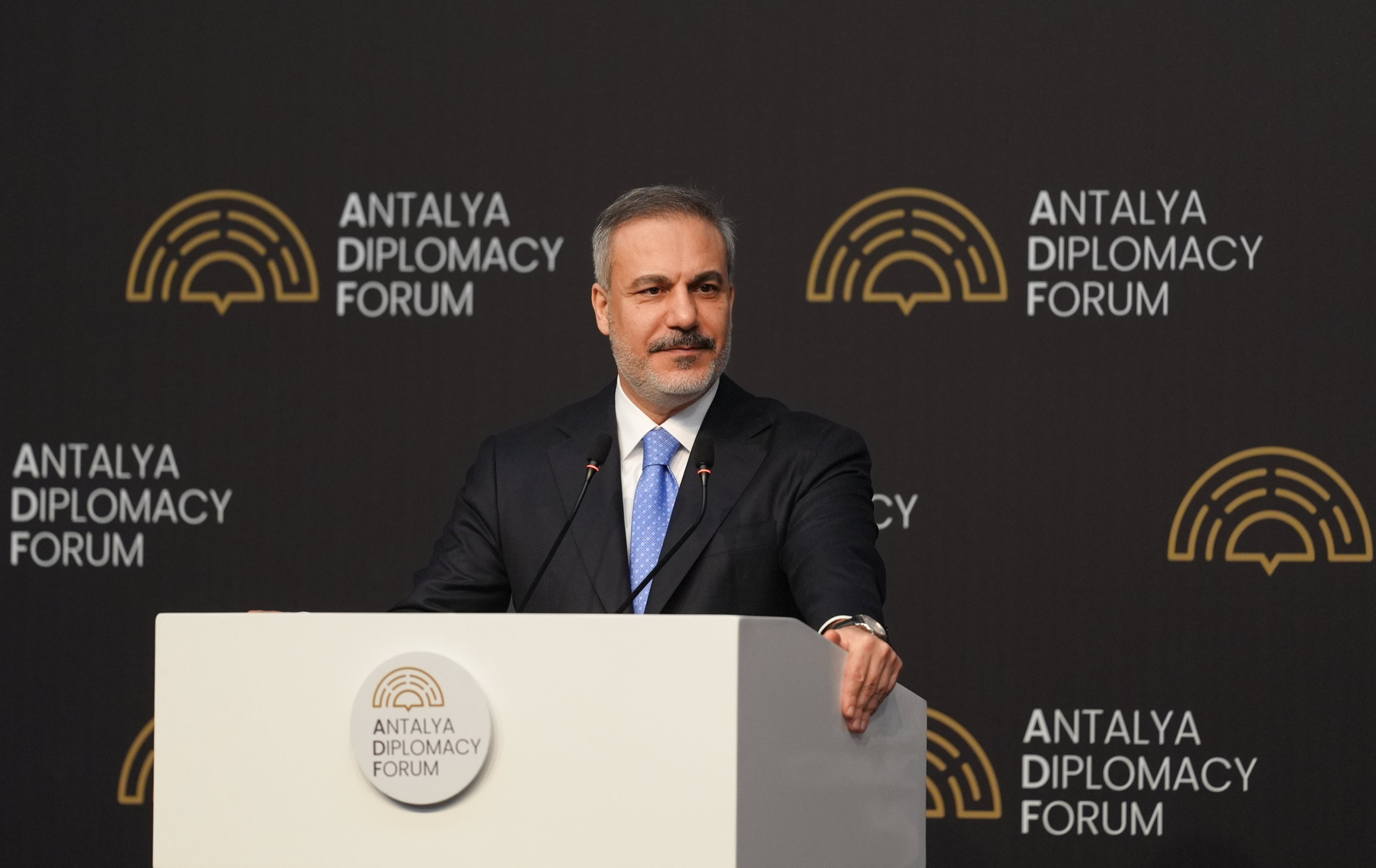Article content Donald Trump refers to April 2, the day we will see the U.S. unveil its comprehensive package of tariffs, as “Liberation Day.
” Make no mistake, this administration is determined to fundamentally reshape a global trading system which it now sees as incompatible with American interests. We need to view not just what might happen next week, but also what will happen in subsequent weeks and months. You might be surprised to learn this is more bi-partisan than you think.

In understanding this, one needs to do two things. First, put aside the noise generated by a mercurial president who is obsessed with attention. Second, recognize that despite the hugely dysfunctional bi-partisan political system in the U.
S., this central policy proposition is one which shares a central strand of thinking. The Brain Trust of current U.
S. international economic policy (and by extension, its overall geopolitical policy) sits with Jamieson Greer , U.S.
trade representative. He was nominated by Robert E. Lightizer who held the role in Trump’s first administration, and who was also Ronald Reagan’s deputy trade representative.
Despite the lamentation of Reagonian Republican’s at the current state of U.S. state-craft, Lightizer bridges Reagan to Trump.
The second reference point is Jake Sullivan , Joe Biden’s former erstwhile National Security Adviser who articulated the administration’s central proposition — a trade and geopolitical policy that delivered for the American middle class . If you read Lightizer’s recent op-ed in the New York Times, and Sullivan’s lengthy thesis, “ The Sources of American Power ,” in Foreign Affairs, one can glean much of this central policy proposition which transcends U.S.
administrations of very different colours and shapes. In diagnosing the problem, Lightizer and Sullivan find much to agree on. Lightizer: “The international trading system has failed America.
...
” Sullivan: “...
.there was reluctance to tackle clear market failures that threatened the resilience of the U.S.
economy.” Lightizer: “What brought down the postwar trading order was the rise in many countries of pernicious industrial policies.” Sullivan: “.
...
the strength of the economy is measured not just by its size or efficiency but also by the degree to which it works for all Americans and is free of dangerous dependencies.” This central thread of U.S.
grievance existed long before Trump-Biden-Trump. It goes back to strong criticisms of Chinese steel dumping from the early 2000s and its currency manipulation . With the hollowing out of the U.
S. middle class, something which also began long before China’s WTO accession in 2001, and the rapid income and economic distortions which followed the Great Financial Crisis from 2007-2009, this grievance took on an urgency which caught the U.S.
political establishment by surprise in the 2010s and culminated in Trump’s first victory in 2016. What seems different is the approach and language the two administrations took in advancing solutions and, most pointedly, dealing with their allies. According to Sullivan, Trump believed , “.
...
that its alliances were a form of geopolitical welfare,” versus Biden who saw them “...
.as a source of American strength rather than as a liability.” The initial weeks of Trump 2.
0 indeed seem to show that he doesn’t just view allies as a form of “welfare,” but if last week’s leaks of top-level conversations between the U.S.’ highest officials are any indication, they are feckless countries who can’t sort out their own security and who should be sent the bill for the U.
S. doing this for them. Yet, carefully read Lightizer and it’s clear he has something else in mind.
“Countries with democratic governments and mostly free economies should come together and create a new trade regime. This system could enforce balance by having two tiers of tariffs.” Make no mistake, the top echelon of this U.
S. administration is weaponizing the international trade system. It is also clear that it sees many countries, even those with “mostly free economies,” as adversaries to be dealt with, especially those countries — Germany and Ireland are mentioned in particular — who have industrial or taxation policies which incentivize low domestic consumption.
Sullivan seemed little different in his thinking, The Economist lamented in October 2023: “His diagnosis was that the benefits of trade to American voters had been oversold, that inequality was eating the American middle class...
.” The grievance is the same, but the solution over the long-term might also be the same. A new, U.
S. led, ‘balanced’ trading system, more akin to the one that “John Maynard Keynes proposed..
..in the conference at Bretton Woods that established the post-World War II trade order” as Lightizer states.
Expect much fire and fury this week, as there always will be with the latest episode of Trump’s psychodrama. But after you’ve dispensed with the popcorn, wait and watch to see what sticks, and what doesn’t. If Lightizer is correct, it will be “.
...
a new trading system (which) would create a large subset of the global economy that is balanced,” presumably in America’s favour, perhaps via a coalition of the willing. National Post David Oliver is a geopolitical strategy expert and founder of Minerva Group. You can follow him on his Substack The Ultima Ratio .
.
Politics

David Oliver: Trump weaponizing the international trade system

It's clear many countries are seen as adversaries to be dealt with, especially those with policies that incentivize low domestic consumption















